William Black had just returned home from a snowboarding holiday when he had a second bout of glandular fever. But he had a feeling something was wrong because this time his symptoms were a lot worse.
At the time the 38-year-old, who lives in Auchterarder, was just 22.
And he was completely unaware that he had a rare and potentially life-threatening condition.
“I felt really unwell, very lethargic,” he says.
“I had sickness as well which I hadn’t had with glandular fever before.
“So I went to see my GP who referred me to hospital straight away.”
The IT architect, who then lived in Dunfermline, was admitted to Queen Margaret Hospital and initially medics weren’t sure what was wrong.
But when William’s condition rapidly deteriorated after developing pneumonia, he was moved into intensive care.
After tests were carried out, William was diagnosed with Hemophagocytic lymphohistiocytosis (HLH) – a life-threatening disorder caused by an overactive immune system.
And he ended up needing a life-saving stem cell transplant from a matching donor.
Ever since the Auchterarder cyclist has been raising awareness for Anthony Nolan, having taken part in several British Transplant Games events.
And this August he is gearing up once again – this time for his third World Transplant Games in Germany to give back to Anthony Nolan – the charity which saved his life.
When was William diagnosed?
William had glandular fever for the second time and was admitted to hospital in February 2009.
He recalls tests being done which includes a bone marrow aspiration.
This is a medical procedure where a small amount of liquid bone marrow is taken.
It’s often done to assess the bone marrow’s health and to diagnose blood disorders and cancers.
“I remember it was very painful,” he says.
“But from the bone marrow they were able to see the disease quite clearly.
“That’s when I was diagnosed with this rare immune disorder called HLH.
“Yet because they hadn’t seen a case of it before, they didn’t have any documentation on it.
“So they gave me information they had found through research.”
He continues: “While I was shocked with the diagnosis, I also trusted my consultant.
“I felt I was in the best possible hands.
“I also knew without treatment the disease would kill me.”
What did William’s treatment involve?
Initially William was given two rounds of chemotherapy with the aim of ‘dampening down’ the reaction of his immune system.
“My immune system had become over-stimulated and the disease started destroying healthy cells,” he explains.
“It can then start to attack your organs resulting in multiple organ failure.”
Due to HLH being so rare, medics had to contact specialists at Great Ormond Street Hospital to get advice on treatment.
“I was told I would need a stem cell transplant.
“So they would be taking blood to try and find me a match.
“I was very nervous but I knew I didn’t have any other choice.”
Finding a matching donor
In June 2009 William was given some good news.
During an appointment with his consultant she told him a donor had been found through the stem cell donation charity, Anthony Nolan.
“In actual fact I had two matches – one was 20 years old and the other was 40.
“They went with the younger one as their immune system was younger.
“At that stage I was still finding it hard to believe I needed to go through a transplant.
“But I was really happy a match had been found.”
When did William have the stem cell transplant?
In September 2009 William had the stem cell transplant at the Beatson Cancer Centre in Glasgow and was in hospital for five weeks afterwards.
A stem cell transplant involves replacing damaged or diseased blood-forming stem cells with healthy ones.
“The transplant was a success but afterwards I just felt completely wiped out.
“It can take up to a year for the body to recover.”
Over the next few months William started to build up his strength.
Then after changing jobs, he bought a second hand bike and started cycling.
It wasn’t long before he was cycling five days a week.
Discovering the British Transplant Games
A few years later, in 2015, William came across an Anthony Nolan advert about the British Transplant Games in Newcastle.
The British Transplant Games is an annual, four-day sporting event organised by Transplant Sport.
It’s a way of encouraging transplant recipients to regain their fitness after their transplant and to raise awareness of organ donation.
William says: “This was the first year Anthony Nolan was putting a team in.
“I entered the 18-29 age category in the cycling road race and ended up coming second, winning a silver medal.”
Ever since he has gone on to take part in a few games events and has an impressive haul of medals to show for it.
What is the World Transplant Games?
In August 2019 Auchterarder’s William was selected to compete for the first time in the World Transplant Games which took place at Gateshead, Newcastle.
The World Transplant Games takes place every two years and is organised by the World Transplant Games Federation.
The event sees transplant recipients compete in various sports, demonstrating their health and fitness post-transplant and inspire others to consider organ donation.
“The competition was quite fierce.
“So I didn’t win any medals in that one but it was an amazing experience.”
The Auchterarder cyclist then went on to compete in his second World Transplant Games in April 2023 in Perth, Australia.
And it was during this event he won his first gold medal.
“I didn’t do very well in the cycling time trial in the road race.
“However, we did a team triathlon relay and I did the cycling leg of it. And our team ended up winning the gold medal.”
This August (17-24th) William has been selected for his third World Transplant Games in Dresden, Germany.
And he is looking forward to competing once again.
“I have been training hard for it,” he says.
“At the end of 2023 I hired a new coach because I was stagnating a little with my performance.
“Since then I have seen massive results so I am hoping to do well this year.”
Family support
William is grateful for the support of his family through his health struggles particularly his mum.
“My mum was there through it all and when I was in hospital after the stem cell transplant – she visited every day.
“Having her support meant a lot.”
The IT architect also has the backing of his partner Steph, 43.
“I met Steph in 2021 and she has joined the Anthony Nolan register and encourages other people to do so as well.
“She has been very supportive in sharing my story too.”
Raising awareness
William is passionate about raising awareness and encouraging people to sign up to the stem cell register.
He has also previously been shortlisted for the Shirley Nolan Award which recognises individuals or groups who have gone above and beyond in their support of Anthony Nolan.
He says: “When I was 22 I had no idea what a stem cell transplant was.
“This is why I feel it is important to share my story.
“Chances are you could join the register and nothing happens.”
He adds: “But you might be that one person that someone needs – it could mean the difference between life or death.”
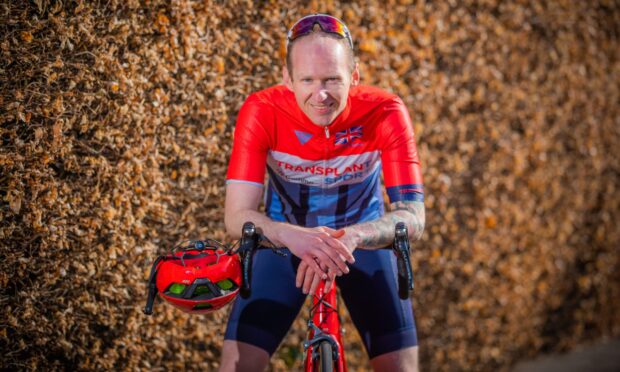
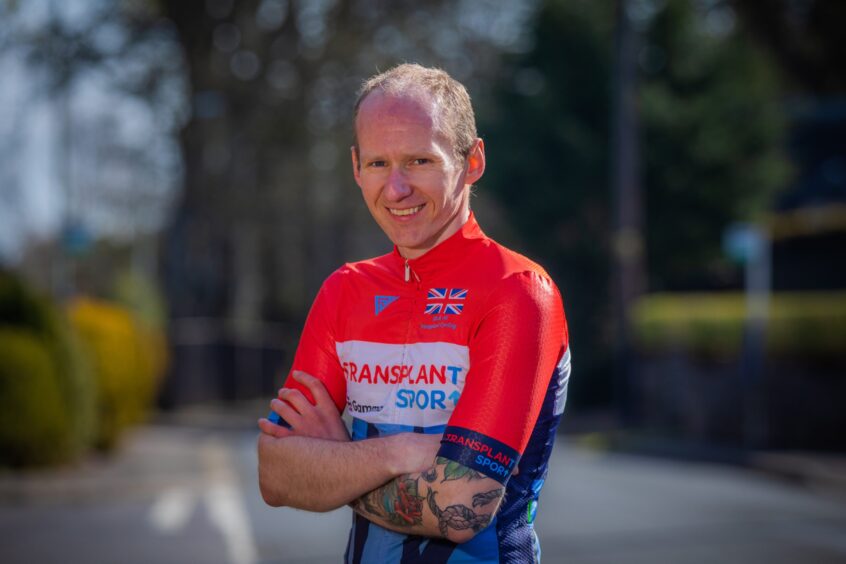
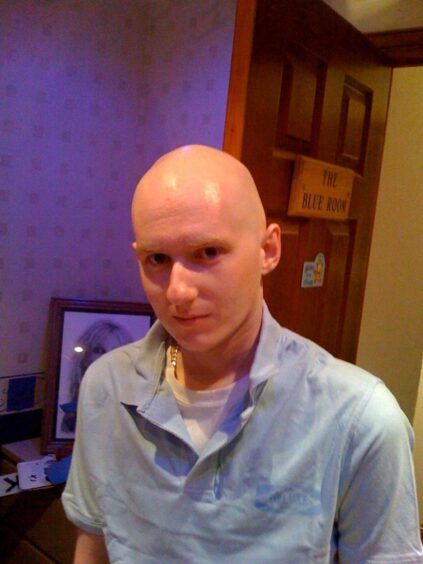
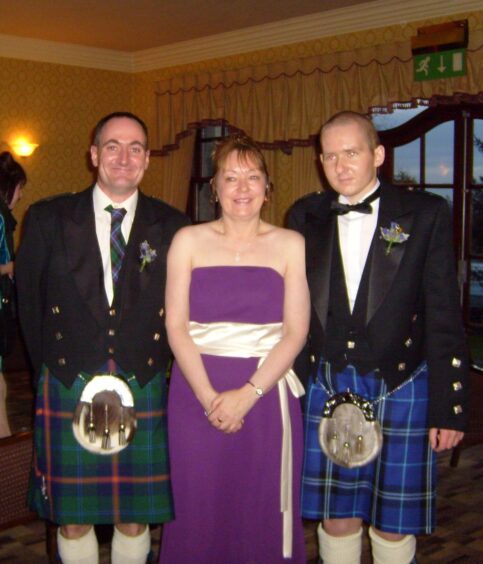
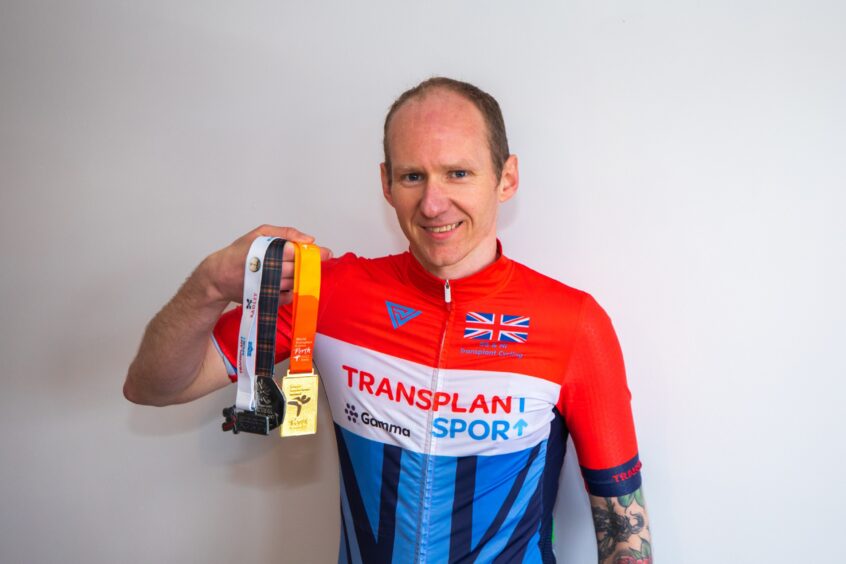

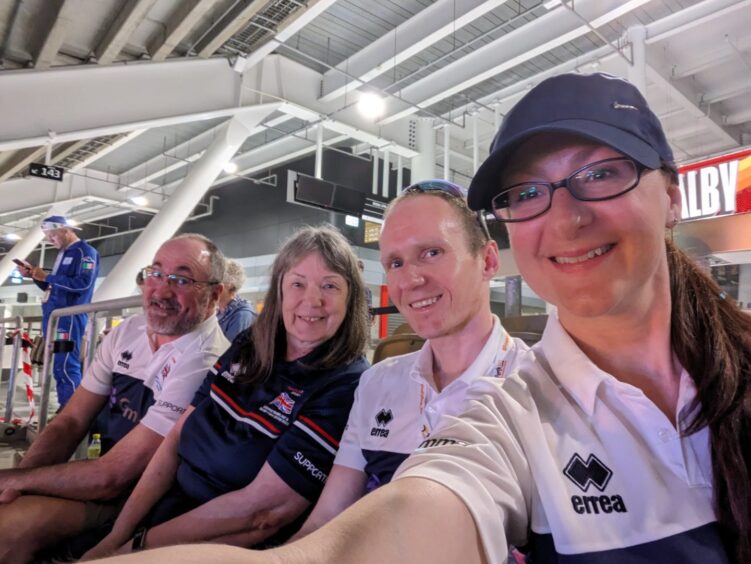
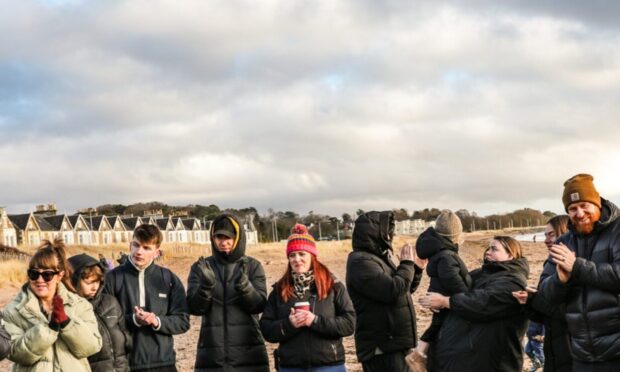
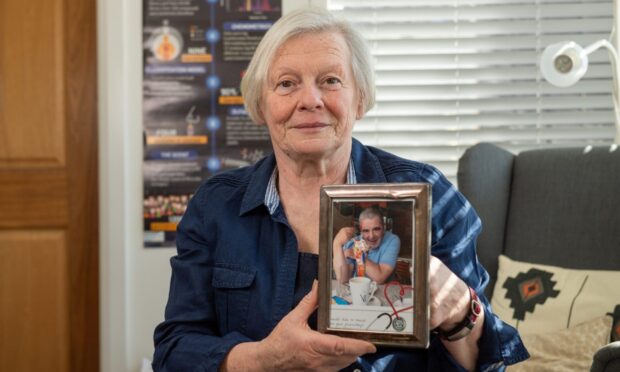
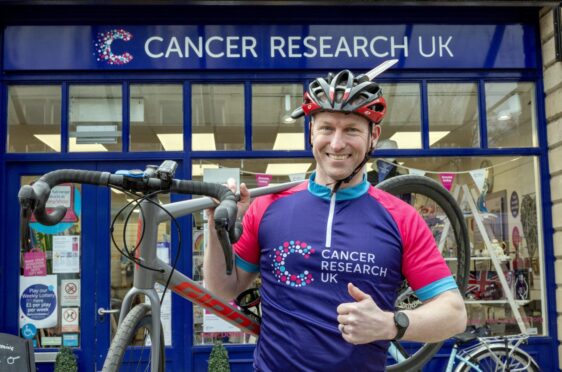
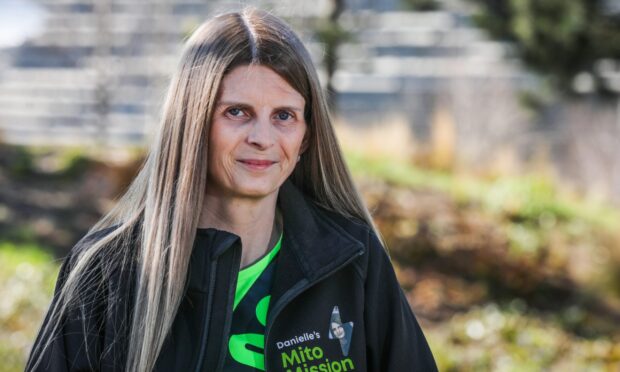
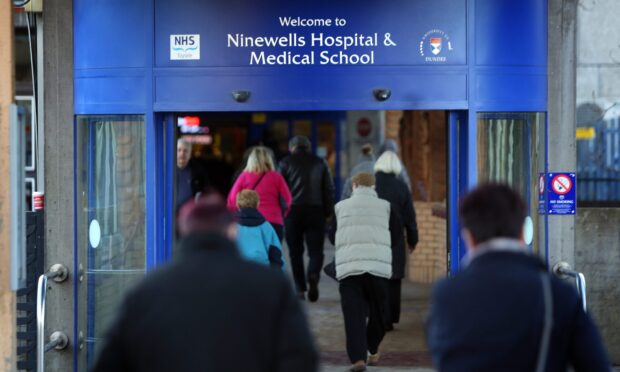
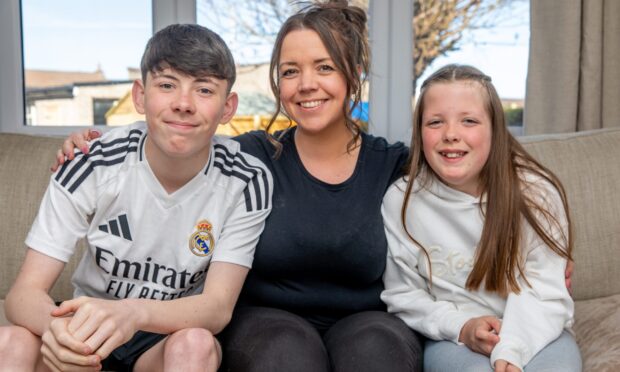
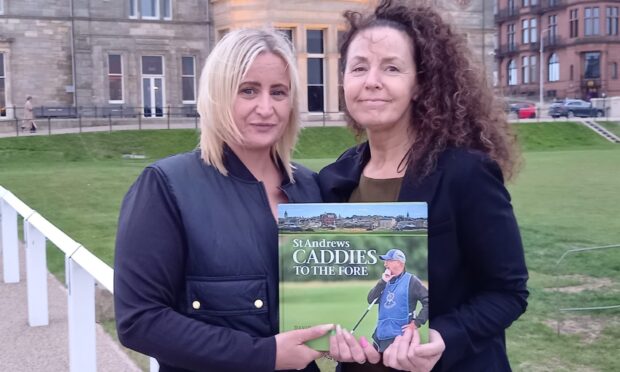
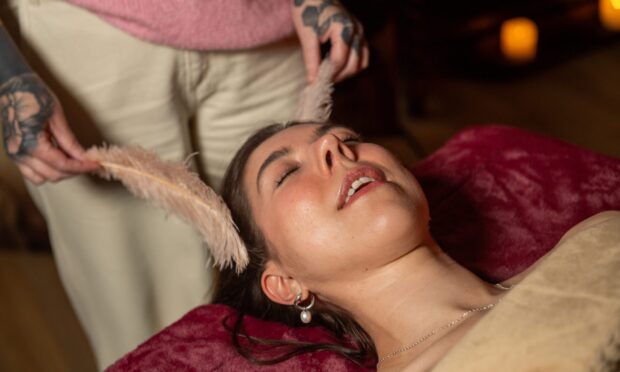
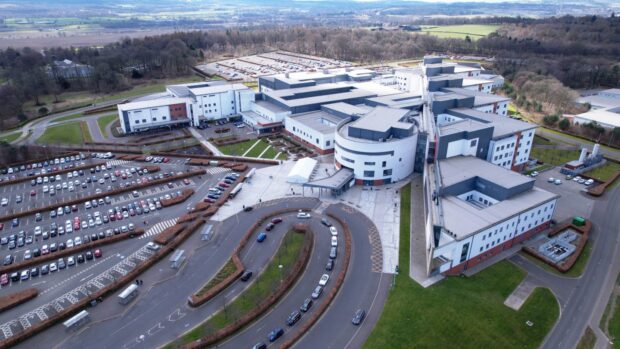
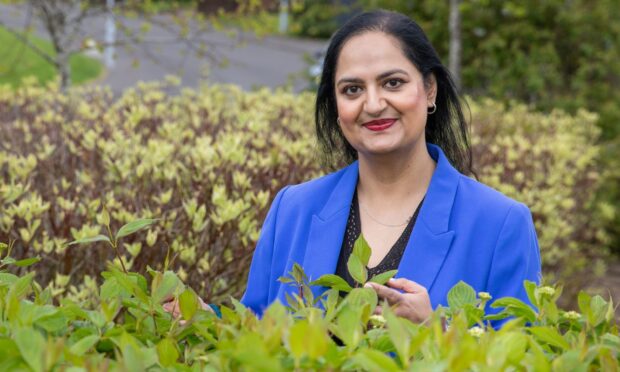
Conversation